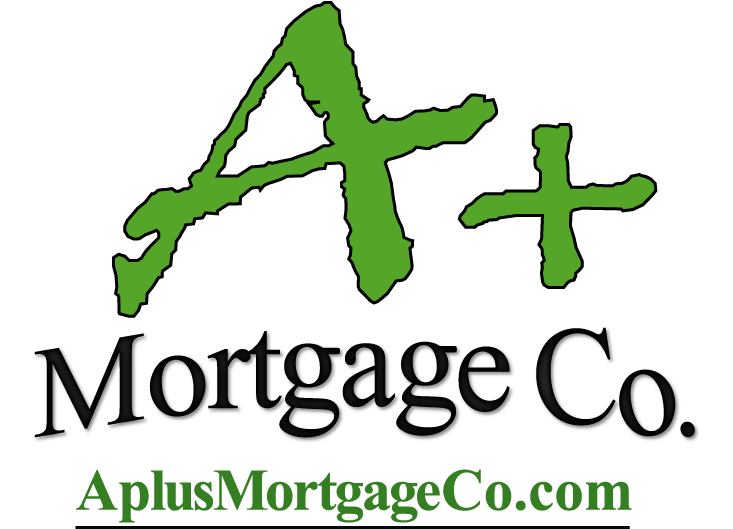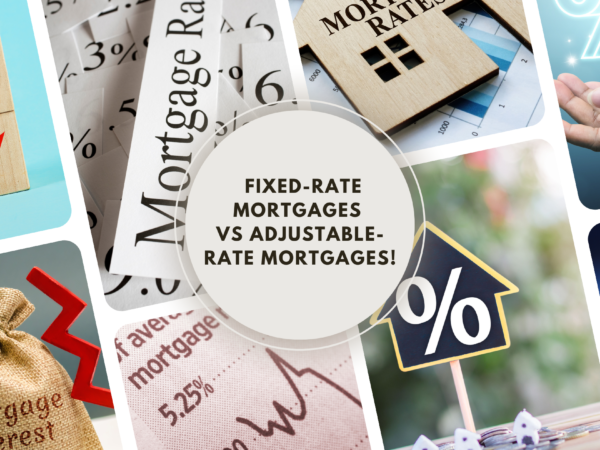Fixed-Rate Mortgages vs Adjustable-Rate Mortgages!
Individuals should know which is best, fixed-rate mortgages vs adjustable-rate mortgages. They are both two types of mortgages that have different interest rates and structures. One of the most important choices you’ll make when looking for a mortgage loan is the type of interest rate you want. There are two main types of mortgages available: fixed-rate mortgages and adjustable-rate mortgages (ARMs). The main distinction between the two types of mortgages is the way interest is calculated; an ARM has variable interest rates, while a fixed-rate mortgage has fixed interest rates for the duration of the loan.
- Fixed-Rate Mortgage:
The interest rate on a fixed-rate mortgage is fixed for the life of the loan, which is usually 15 to 30 years. The benefit of a fixed-rate mortgage is that you can be sure your payments will never change for the duration of the loan thanks to its fixed interest rate. It should come as no surprise that homeowners who want a regular payment that is simple to budget for choose this form of mortgage over others.
How to fixed rate mortgages work:
With a fixed-rate mortgage, you make the same monthly payment as shown in the partial amortization plan below, but the amount that goes toward principal and interest may vary. The mortgage in this example has a 30-year term, a $100,000 principal, and a 6% interest rate.
| Payment | Principal | Interest | Principal Balance |
| $499.55 | $99.55 | $400.00 | $99,800.55 |
| $399.55 | $88.55 | $300.00 | $99,700.45 |
| $299.55 | $77.55 | $200.00 | $99,500.50 |
Pros of Fixed-Rate Mortgages:
- Budgeting is easier
- Comparison are more straightforward
- Rates are more predictable
Cons of Fixed-Rate Mortgages:
- It may be harder to qualify
- Rates may be higher
- Interest rates may fall
Adjustable-Rate Mortgages:
An adjustable-rate mortgage has a changeable interest rate. An ARM’s starting interest rate is less than that of a fixed-rate loan of similar amount. Then, based on general trends in interest rates, the rate may rise or fall. An ARM’s interest rate may eventually outweigh that of a fixed-rate loan after many years.4
Pros of Adjustable-Rates Mortgages:
- Lower Interest rate:
One of the main advantages of adjustable rate mortgages is, if you’re living in a rental residence. You can take advantage of this opportunity for a specific time period. It allows you to take mortgages at lower interest rates.
- Save money for future:
If you want to save money for the future. ARM is the best option for saving money. Their lower interest rate allows you to stable your finances at the lower interest rate.
Cons of Adjustable-Rates Mortgages:
- Rates are unpredictable:
The main flaw of applying for adjustable-rates mortgages is that rates are unpredictable for individuals; they don’t know about what the future rates will be and how they will rise.
- Risk is High:
In adjustable-rates mortgages risk is higher than the fixed-rate mortgages. If you live in your home for a long time, you need to pay exceptional interest rate charges. Interest charges higher with the passage of time. This option may not be safe for a long term.
How Adjustable-Rate mortgage works:
Knowing some fundamental vocabulary is necessary to comprehend the benefits and drawbacks of adjustable-rate mortgages (ARMs), as they are more complex than fixed-rate loans. Before choosing between an adjustable-rate mortgage and a fixed-rate mortgage, consider the following ideas:
- Adjustment Indexes:
Indexes of adjustment: Interest rate adjustments are connected to a reference point. This could occasionally represent the interest rate on a certain type of asset, such as Treasury bills or certificates of deposit. It might also be a particular index, like the London Interbank Offered Rate (LIBOR), the Cost of Funds Index, or the Secured Overnight Financing Rate (SOFR).56
- Margin:
When you sign your loan, you commit to pay a percentage higher than the adjustment index. For example, your adjustable rate could be 2% higher than the 1-year T-bill rate. The additional 2% is referred to as the margin.7
Concluding Remarks:
When you buy a mortgage, it’s essential for you to know which is appropriate for you, fixed-rates mortgage vs adjustable-rate mortgage. They are two different types of mortgage. The main difference is that fixed-rate mortgage interest rates are high while adjustable-rate mortgage interest rates are low. But they both have advantages and disadvantages. You can choose according to your preferences and comfort. For further queries, contact A Plus Mortgage.

